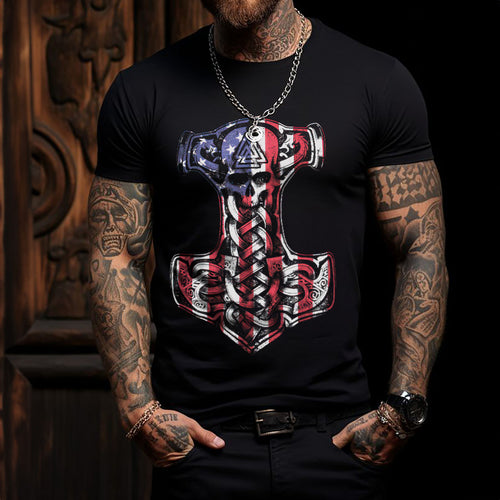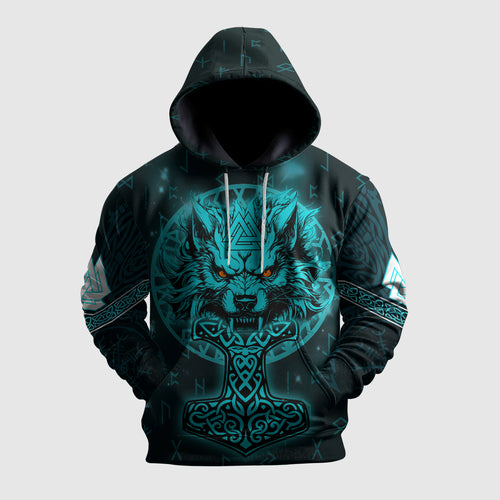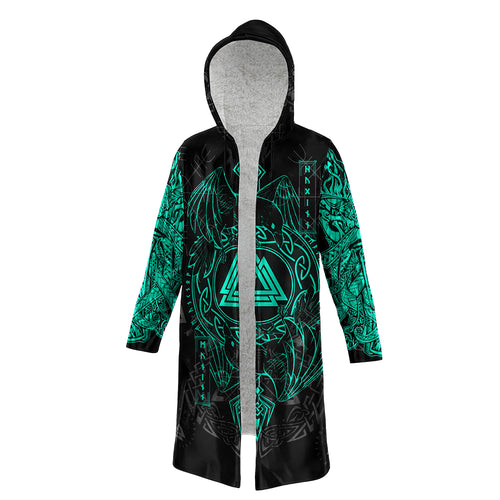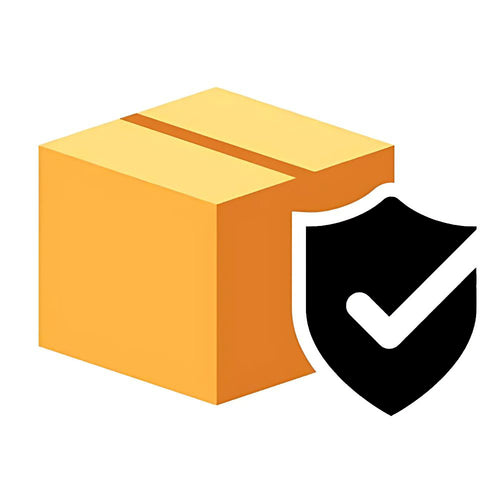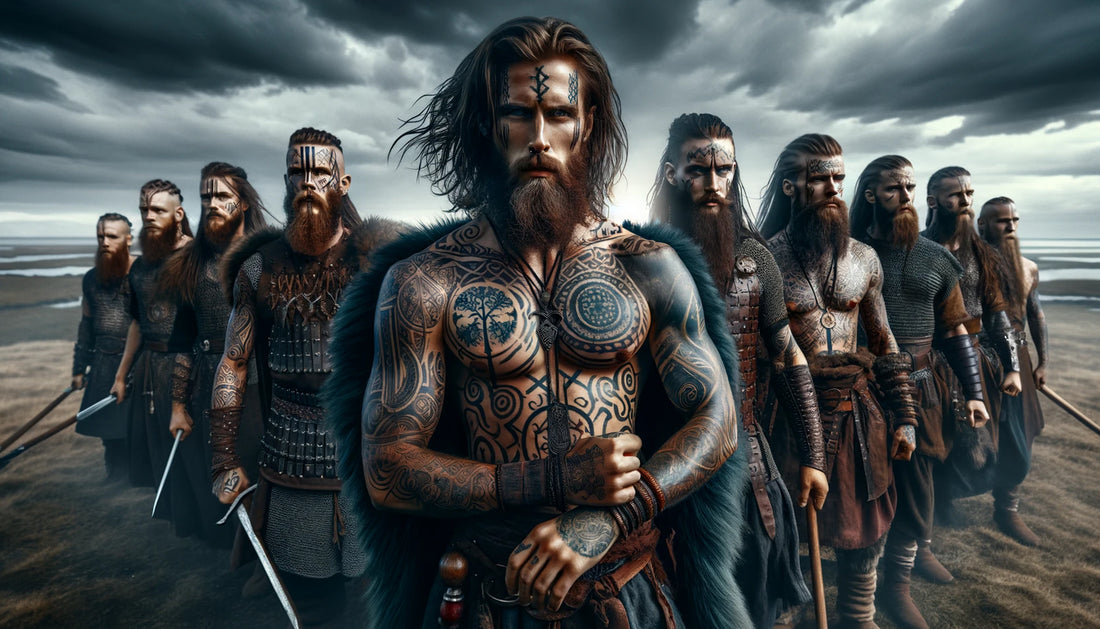Viking tattoos have gained immense popularity in recent years, reflecting a resurgence of interest in Norse mythology and Viking heritage. These tattoos are not only visually striking but also deeply symbolic, carrying rich meanings and historical significance. In this blog, we will explore the origins, meanings, popular symbols, and cultural context of Viking tattoos.
Origins of Viking Tattoos
The Vikings, seafaring Norse people from Scandinavia, lived during the Viking Age (late 8th to early 11th century). Historical records and archaeological evidence suggest that the Vikings were fond of body art. Arab traveler Ahmad ibn Fadlan, who encountered the Vikings in the 10th century, described them as heavily tattooed with dark green patterns resembling trees and other designs.
While the exact details of their tattooing practices remain unclear, it is believed that Viking tattoos served as a form of personal and cultural expression. These tattoos likely depicted important symbols from Norse mythology, family lineage, and their connection to nature.
Meanings of Viking Tattoos
Viking tattoos are rich in symbolism, often representing strength, protection, courage, and the connection to the gods. Here are some common themes and their meanings:
-
Strength and Courage: Many Viking tattoos symbolize the warrior spirit and bravery in battle. Symbols like the Valknut (knot of the slain) are associated with Odin, the god of war, and represent valor and readiness for the afterlife.
-
Protection: Symbols like the Vegvisir (Viking compass) and the Helm of Awe (Ægishjálmr) are believed to offer protection and guidance. These symbols were often worn by Vikings to ensure safe travels and protection from harm.
-
Nature and Ancestry: Viking tattoos also reflect a deep connection to nature and ancestry. Designs featuring animals, trees, and other natural elements symbolize the Viking’s respect for the natural world and their ancestral roots.
-
Spirituality and Fate: Many Viking tattoos incorporate elements of Norse mythology and spirituality. Runes, the ancient alphabet used by the Vikings, are often tattooed for their mystical and protective properties. The Norns, three goddesses of fate, are also popular tattoo subjects, representing destiny and the passage of time.
Popular Viking Tattoo Symbols

Here are some of the most popular Viking symbols used in tattoos, along with their meanings:
-
Vegvisir (Viking Compass): A symbol of guidance and protection, helping the wearer find their way through rough seas and stormy weather.
-
Helm of Awe (Ægishjálmr): A magical symbol for protection and invincibility, often worn in battle.
-
Valknut (Knot of the Slain): Associated with Odin, this symbol represents the transition between life and death, as well as bravery and honor in battle.
-
Yggdrasil (Tree of Life): The great ash tree connecting the nine worlds in Norse mythology, symbolizing the interconnectedness of all life and the cosmos.
-
Mjölnir (Thor’s Hammer): A symbol of protection, power, and divine blessing, representing the mighty hammer wielded by Thor, the god of thunder.
-
Runes: The ancient Viking alphabet, each rune carries specific meanings and mystical properties. Commonly tattooed runes include Algiz (protection), Uruz (strength), and Fehu (wealth).
-
Ouroboros: A symbol depicting a serpent or dragon eating its own tail, representing the cyclical nature of life, death, and rebirth.
-
Ravens: Associated with Odin, ravens symbolize wisdom, thought, and memory. Huginn and Muninn, Odin’s ravens, are often depicted in Viking tattoos.
Viking Tattoo Culture
In modern times, Viking tattoos have become a way for individuals to connect with their Norse heritage and express their admiration for Viking culture. These tattoos are often chosen for their powerful symbolism and striking designs.
Tattoo artists specializing in Viking motifs draw inspiration from ancient artifacts, runestones, and historical texts to create authentic and meaningful designs. The process of getting a Viking tattoo is seen as a rite of passage, embodying the values and spirit of the Viking Age.
If You Love Viking Symbols but Aren't Ready for a Tattoo
Do you love the symbols and culture of the Vikings? Have you picked a symbol to get tattooed yet? If you’re not ready to get a tattoo but still want to embrace Viking symbols on your clothing, you can check out our collection of apparel inspired by Viking tattoos. Wear your heritage proudly without the permanence of a tattoo. Explore our Viking-inspired apparel and find the perfect piece to express your Viking spirit.
Conclusion
Viking tattoos are more than just beautiful pieces of body art; they are deeply rooted in history and mythology, carrying rich meanings and powerful symbolism. Whether you’re drawn to their aesthetic appeal or their cultural significance, Viking tattoos offer a unique way to express strength, courage, and connection to the ancient Norse traditions.
If you’re considering getting a Viking tattoo, take the time to explore the various symbols and their meanings to find the one that resonates most with you. And for more Viking inspiration, follow us on Instagram and Pinterest.
Thank you for being part of the Mijonir family. Skål!

